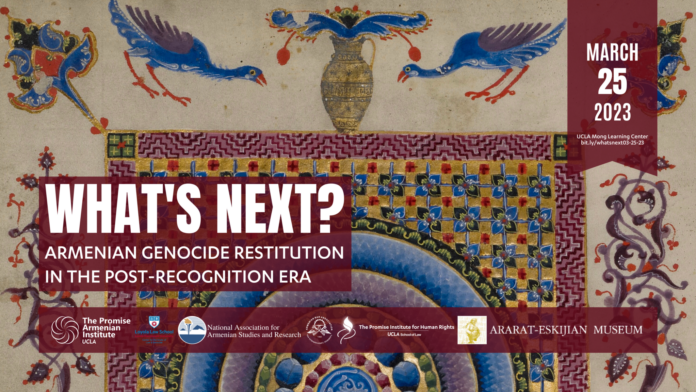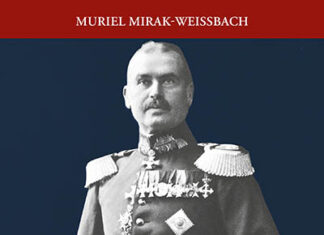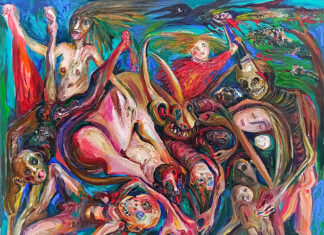WESTWOOD, Calif. — The Armenian Genocide Research Program at the Promise Armenian Institute of the University of California, Los Angeles (UCLA), the Center for the Study of Law and Genocide at LMU Loyola Law School, and the National Association for Armenian Studies and Research (NAASR) have organized the first-ever conference pertaining to Armenian Genocide restitution.
Titled “What’s Next?: Armenian Genocide Restitution in the Post-Recognition Era,” this historic conference will be held in UCLA’s Mong Learning Center on Saturday, March 25.
If every genocide has its own peculiar character and afterlife, the afterlife of the Armenian Genocide has been the long-standing denial of its existence by successive Turkish governments. It has been of great importance for Armenians worldwide that the great catastrophe they experienced during and after World War I be recognized as what it was: genocide. At the end of the 1970s, especially in the United States, an Armenian Genocide recognition movement emerged with the principal aim of American legislative and executive bodies, both at the state and federal level, recognizing the genocide.
Decades later, this goal was finally achieved. In 2019, both houses of U.S. Congress recognized the Armenian Genocide, followed by President Biden’s official recognition on April 24, 2021. Their goal achieved, Armenian activists and organizations were now faced with the question: “What’s next?” This question has yet to be fully examined, much less answered by Armenian communities in the U.S. and elsewhere, and there remains an incomplete awareness and understanding of the possible steps following recognition.
The first session of the UCLA conference will feature Ambassador Stuart Eizenstat as the opening Keynote Speaker, who will discuss his critical efforts during the Clinton administration and those of several successive U.S. administrations in achieving some measure of justice for the post-Holocaust restitution movement.
The conference will then host panels examining past efforts at Armenian Genocide restitution through litigation and goodwill settlements, as well as the current landscape concerning looted art from the genocidal period and future avenues for redress.







